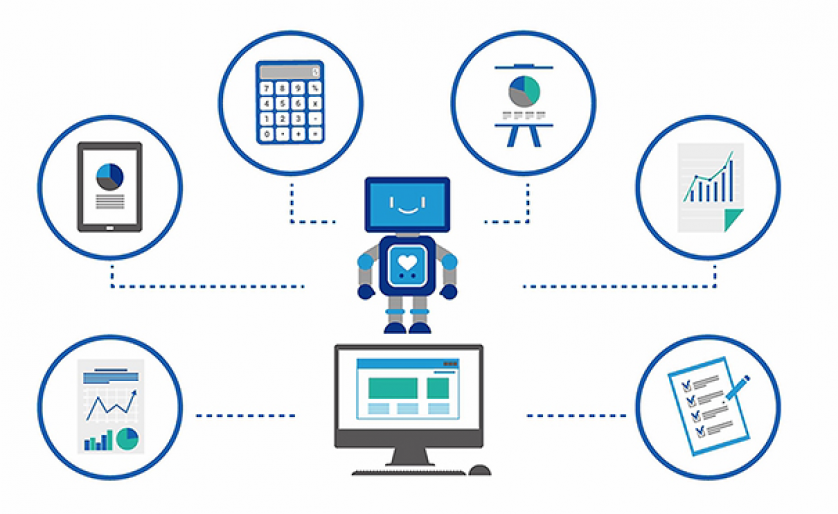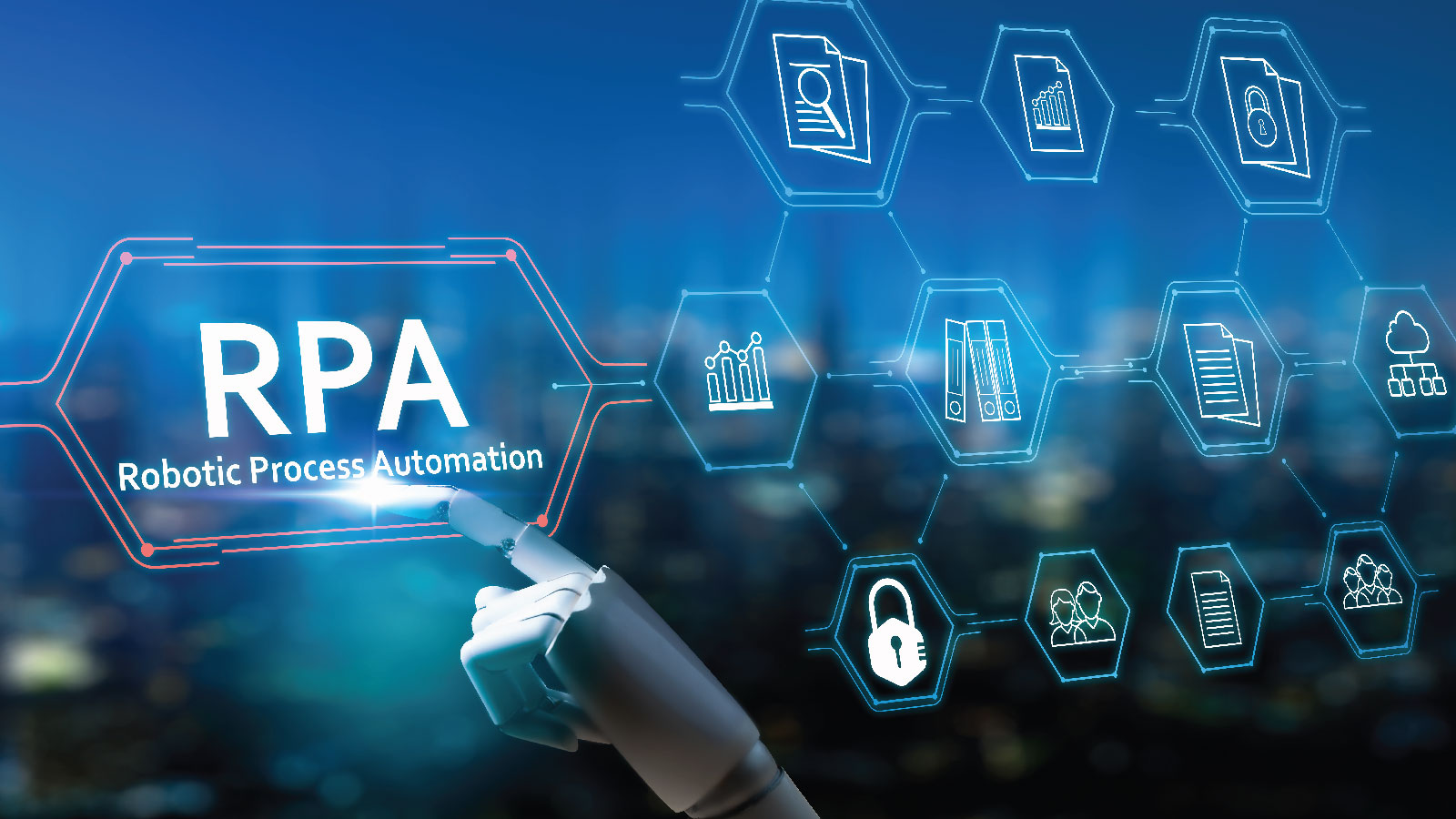- Home
- >>
- News
What is Robotic Process Automation (RPA)? RPA in finance
Robotic Process Automation (RPA) refers to a piece of software that can be easily programmed to perform basic tasks on applications in the same way as humans perform.
Robotic Process Automation
Concept
Robot Process Automation (RPA) refers to a piece of software that can be easily programmed to perform basic tasks on applications the same way humans perform. Software robots can be taught a workflow with multiple steps and applications. Such as receiving forms, sending confirmation messages, checking form integrity, arranging forms into folders, and updating spreadsheets with form name, creation date, and more.

Automate process by Robot
RPA software was created to reduce the burden of simple and repetitive employee tasks.
RPA is designed to help primarily with office functions that require the ability to perform some sort of task under a particular command. It creates and deploys a software robot with the ability to launch and operate other software.
In a sense, its basic concept is similar to traditional manufacturing automation, focusing on taking one step of a workflow or even just one task and creating a robot to specialize it.
Office work often requires repetitive tasks, but since it’s data manipulated across platforms and applications, a physical robot isn’t needed.
Advantages of RPA
Unlike deep learning (the definition of algorithms in Machine Learning), software robots used in RPA are programmed to perform tasks in an employee’s specific workflow, with developers’ supports.
Software cannot learn or adjust for efficiency or insights into things like big data analytics or enterprise resource management (ERM) software.

Instead, RPA acts as a digital assistant for employees by deleting simple but troublesome tasks that can take up a lot of time during an office workday.
As result, RPA is a simpler product than artificial intelligence control systems or enterprise information management software, which can put all the data inside the platform.
This also makes RPA a relatively inexpensive product compared to AI and ERM software. This simplicity and relatively inexpensively can make RPA a more attractive solution for many companies, especially if the company has a legacy system. RPA is designed to adapt well to most legacy applications, making it easier to perform than other enterprise automation solutions.
RPA in finance
With increasing regulatory compliance and regulatory requirements for the financial sector such as banks, insurance companies and investment management firms became early adopters of RPA.
A lot of the simple but troublesome back-office functionality is perfect for using RPA instead. Removing this burden helps employees stay focused on more profitable tasks. Most importantly, the software can erase the functions of sorting and manipulating data faster than humans, reducing overall processing time.
Of course, RPA isn’t just limited to finance. Any industry that has to process data and organize it can benefit from RPA. If a piece of software can reduce costs and increase efficiency, without requiring complicated and heavy deployment, then it will make users fancy and useful in almost any field.




